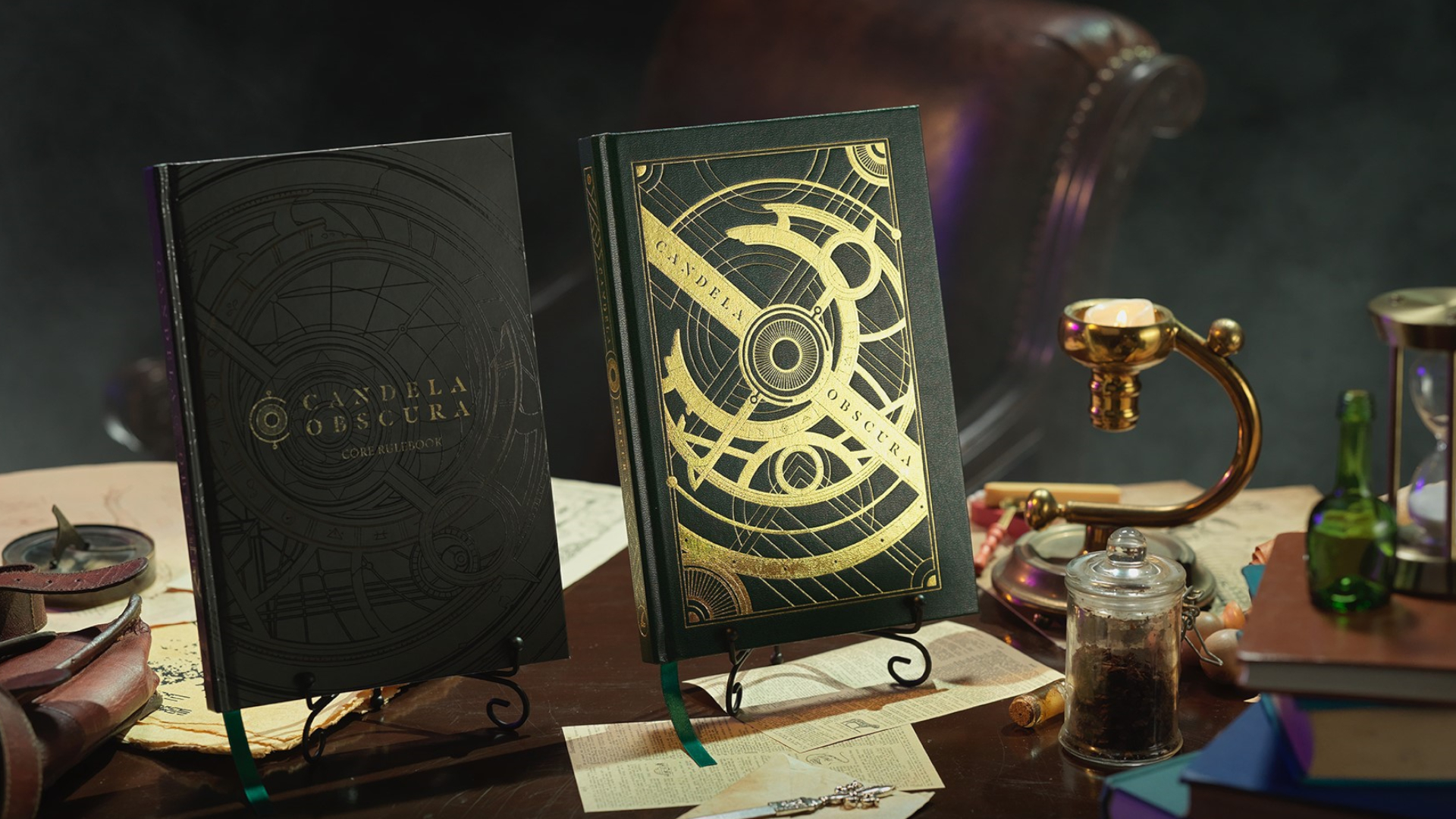
People don't always make sense, and Candela Obscura gets that. Actually, I'd argue this is its greatest strength. Making a convincing world isn't just about creating monsters to fight or nations for a map; it's about the little things. Superstitions. Old habits. Odd beliefs. These help a setting feel real, and lived-in.
"I think people, maybe from the outside, tend to think that [mechanics and lore] can be developed separately," Spenser Starke tells me when I catch up with him and Candela Obscura co-designer Rowan Hall about the game's rulebook. "Even as we started the project, I was like, okay, Rowan can work on some of the lore. And I'll work on some mechanical stuff. And we very quickly realized that for this game in particular, the mechanics had to integrate so much into the lore. And the lore itself is built out to be enough that you get the foundation for what you might be using for a session, or enough that it feels like there's good bones, but not so much that you have to learn every word of every page, in order to be able to just run a session."
That's why you won't find detailed maps of the city this RPG is set in; it's deliberately vague to pump up that air of mystery (and give Game Masters the freedom to improvise whenever it suits the story). This blend of accessibility and atmosphere is what helps Candela Obscura stand out – and what helps it get weird.
Death-defying
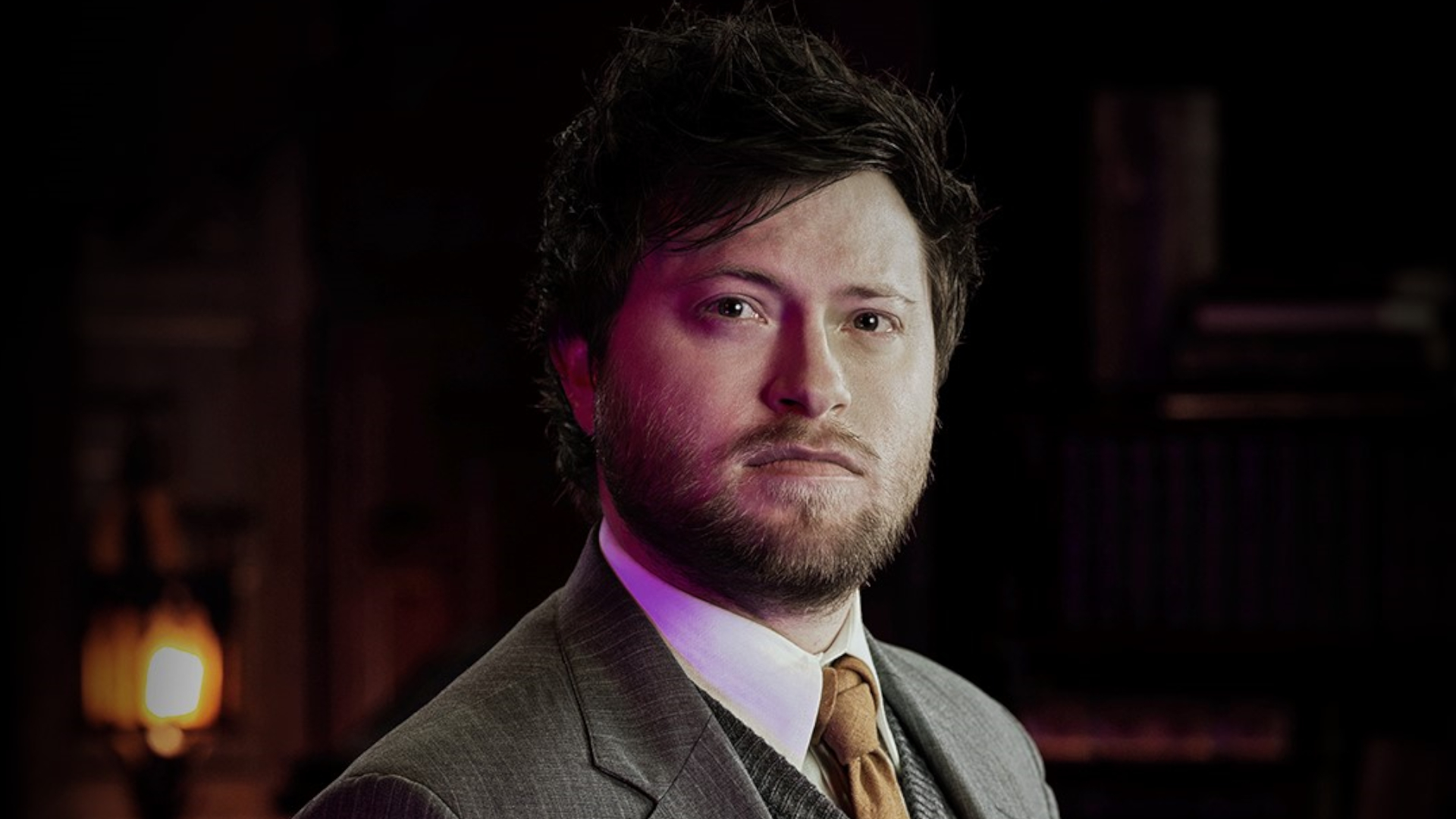
Candela Obscura isn't necessarily what you'd expect from Critical Role. Introduced in 2022 as a side-project alongside the group's swords-and-sorcery campaign, this actual-play show and accompanying rulebook pivot in the opposite direction. Inspired by our real-world turn-of-the-Century ("Gaslamp and Gatsby," as Hall describes), it's a much murkier place than the high fantasy heroics of Vox Machina or The Mighty Nein. Alongside the grit of an industrial revolution and obligatory Victorian pomp, it follows a group of flawed investigators who try to protect the living from eldritch horrors.
This may sound familiar, but that's by design.
We create an opportunity for people to feel as though they can get to system mastery a lot quicker than they would in a more crunchy experience
Spenser Starke, co-designer
"We really wanted to push back against the Cthulhu Mythos that cosmic horror is so steeped in," Starke explains. "We wanted to give people an opportunity to try a different mythos and to not have the baggage of Cthulhu, and also to not have the baggage of a time period. That was not kind to most people that did not look [white male]. And so, we wanted to ensure that we've made a place that, although it was scary, although it had many elements of horror, had powers that were scary… we also never wanted to create a space where people felt unwelcome for who they were in playing the game and the GM [Game Master] never had, like, to make that decision either to whitewash the world or to play the world as it was and put themselves in a place that would make them and the table not feel welcome or happy."
This approach results in a world that takes advantage of the tropes and aesthetics of Lovecraft's work without its issues. One of the solutions was setting Candela in an entirely different, yet familiar, universe. Known as the Fairelands, it still feels like 20th Century Earth if you squint but sidesteps uncomfortable trappings that tend to piggyback onto the gaslamp/decopunk aesthetic. Instead inspired by everything from Vaesen to Ripper Street, it feels like the personification of that vibe.
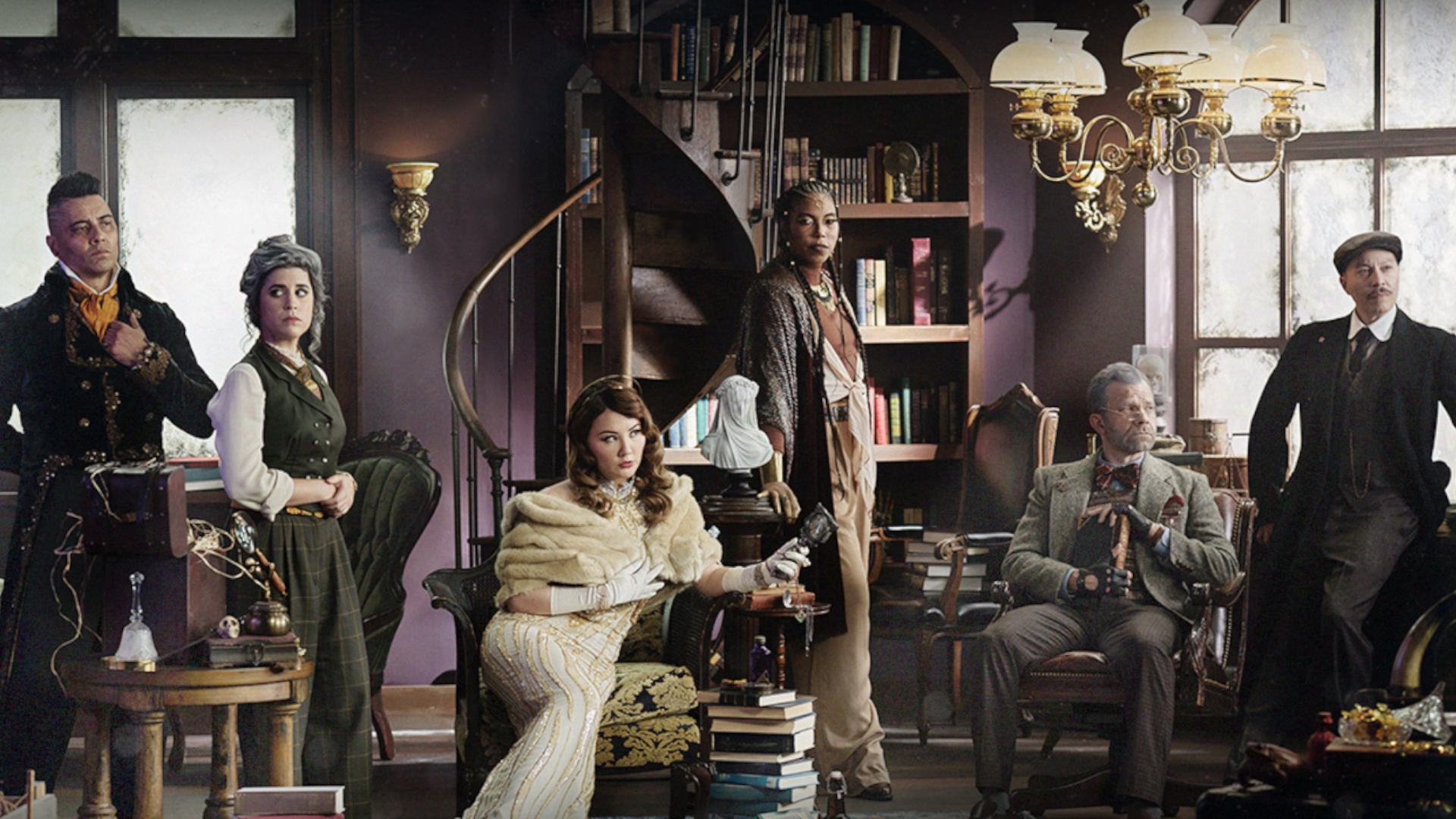
Imagination is the most powerful tool in your arsenal for any tabletop RPG, and the Candela team has tried to let it do as much heavy lifting here as possible.
"We use the term sandbox a lot," Rowan says. "We have little hooks, like little places, you know, 'oh, there's a rumour that a mysterious magical thing is happening here.' But we're not trying to define the rumour, because it's then that much better for the table."
The result is a tangible sense of place that some of the best tabletop RPGs struggle to achieve, largely because the team deliberately wove superstition into Candela's mechanics and vice-versa. Besides following the age-old tradition of 'show, don't tell,' this is very in-keeping with the time period being explored throughout the game.
"If you want to talk about the medical tragedy from World War One, there was this huge rise of spiritualism because science took these huge leaps that, to the average bear, seem like magic," Hall, also a host of the Willing & Fable podcast, tells me. "People are then saying these other magics are possible. While science is still unexplainable, it's such an easy jump, and you can't possibly blame people for equating the two, especially when they've lost their loved ones and are trying to communicate with them. We think of that in symbols like the Ouija board.
"If you have, not only in one generation, but multiple generations and an entire culture of people who are affected by a war, by a recent invasion, by sending sons, fathers, mothers, children, aunts, uncles all out to fight, what happens when you have an incredible amount of prosperity because so many of them didn't come back…? When you have practices in your culture surrounding death that you now can't perform, and need to adapt?"
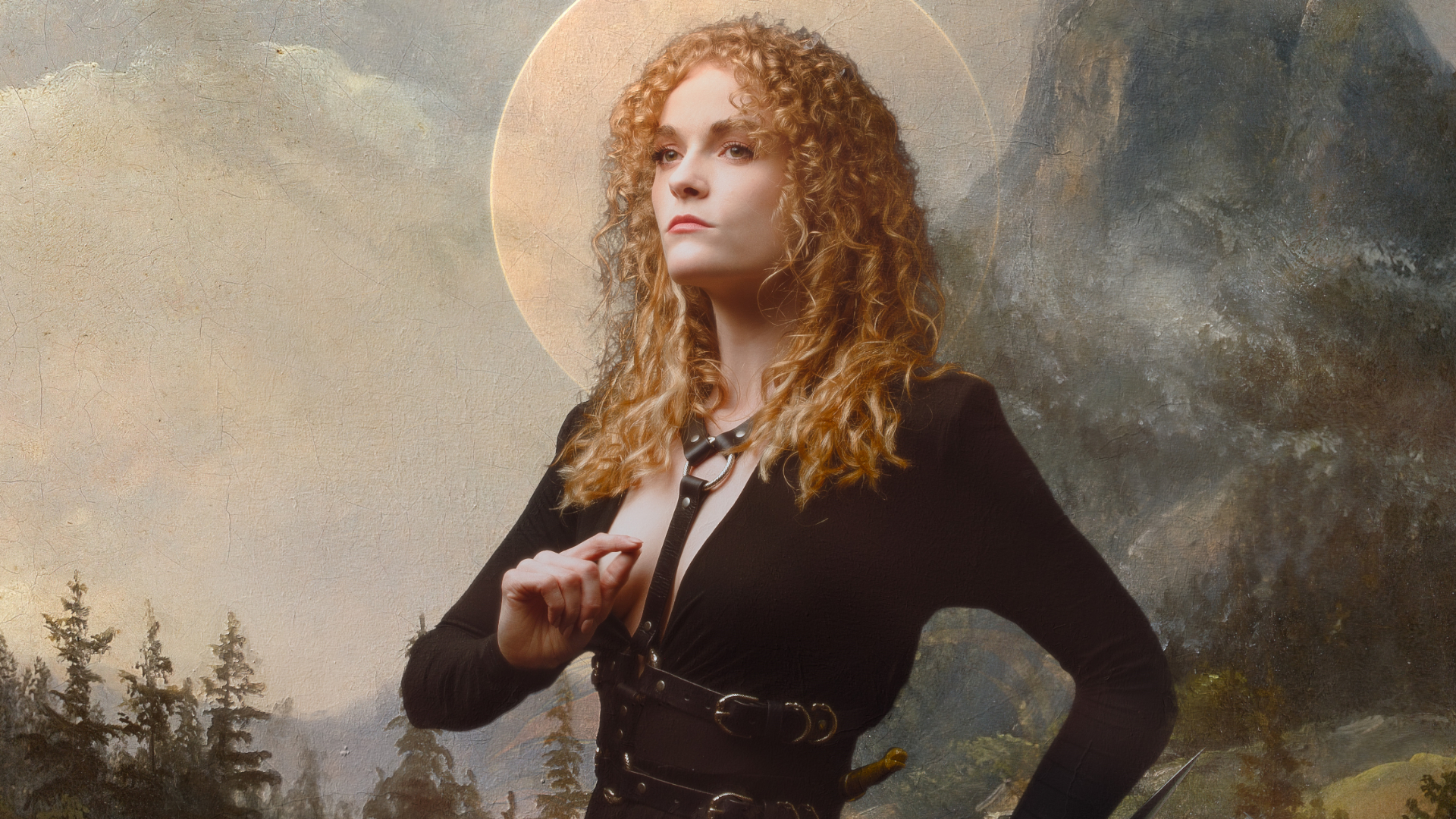
Applying that train of thought to this setting leads to some interesting folklore. The humble hat pin is a good example. In this universe, society is reeling from a great war that left it in tatters. Death is on everyone's mind and it hasn't always been possible to observe certain customs, so strange new habits have risen as a result. Most people in the Fairelands have always believed that your soul escapes with your last breath, so they try to cover a dying person's mouth and nose when the reaper comes knocking. But what happens if you don't, or if your loved one died in battle? What's able to inhabit your now-vacant body? To combat this, family members stick hat or sewing pins bearing the deceased person's name around cemeteries because they think it'll trap these wayward spirits… or guide them home.
Besides being an interesting detail that speaks to the eerie, supernatural tone of this world, it provides something mechanical too. Those running games can revolve an adventure around this custom, exploring whether it really works or is mere superstition.
Here be monsters
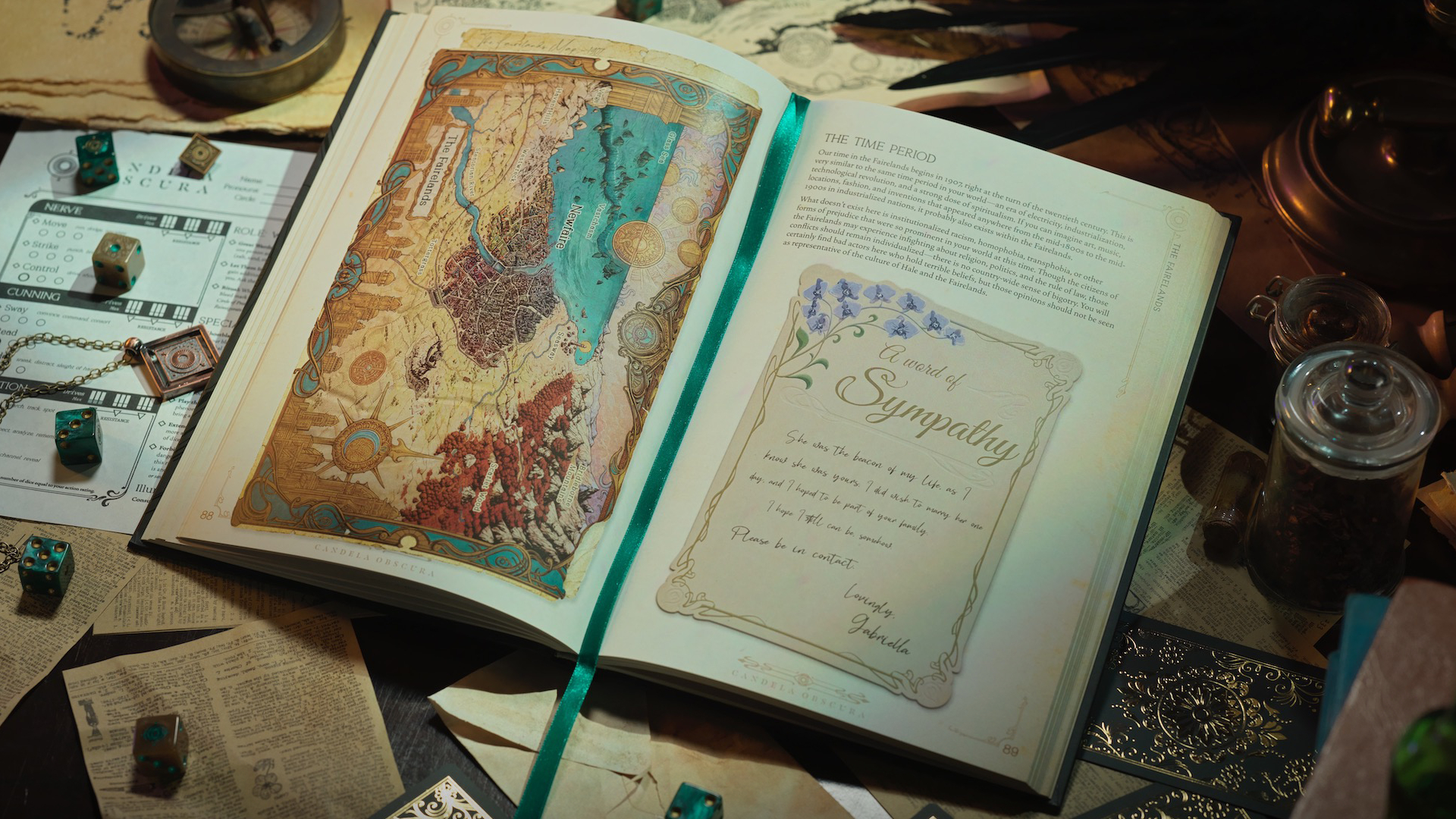
Speaking of superstition, this is a world where boogeymen are very real. It's a bit like Alan Wake 2; these creatures aren't native to our world, and we can't possibly hope to understand them. However, it's not necessarily cut and dry. These creatures might do bad things and need dealing with, but it's not always a case of good vs evil. This was something the team was keen to factor in.
"There are times where I've run games where there's just a monster and it's just that," Starke explains when I ask about what makes Candela's monsters different. "You just have to take it down or whatever… But those are not the most interesting sessions. For me the most interesting sessions are when we use these monsters to represent something, some sort of theme, some sort of metaphor for the story that we want to tell."
1907 in the Fairelands should feel our world-adjacent. It shouldn't be that much of a reach to feel like you understand these peoples' experience
Rowan Hall, co-designer
"I think it's a big misconception to think that when you're crafting a mystery, the mystery has to be all jumpscares," Hall agrees. "The horror of Jaws is not the shark. It's the music, the [anticipation]."
Seeing as this approach has given us some of the most iconic foes in pop culture (the xenomorph from Alien, for instance), it's not a bad goal to shoot for. When combined with Candela's moral gray area, we're left with something much more compelling than expected.
"I ran this session where there was a [cold open], a man who's running from something that's following him through the town and [he] ends up getting snatched…" Says Starke. "And then we discovered that this was a father who – with clearance from everybody at the table – was being abusive towards his son. And this creature… came and hid under this child's bed and was protecting the child from the father who was being horrible towards him… So when [the players] finally do the confrontation, the child is like, 'don't hurt this thing. This is my guardian.' And so you have to grapple with this. What do we do about this thing that is hurting people, but is also not entirely bad? Those kinds of morally gray, metaphorical, or allegorical representations of monsters are the things that are most interesting to me."
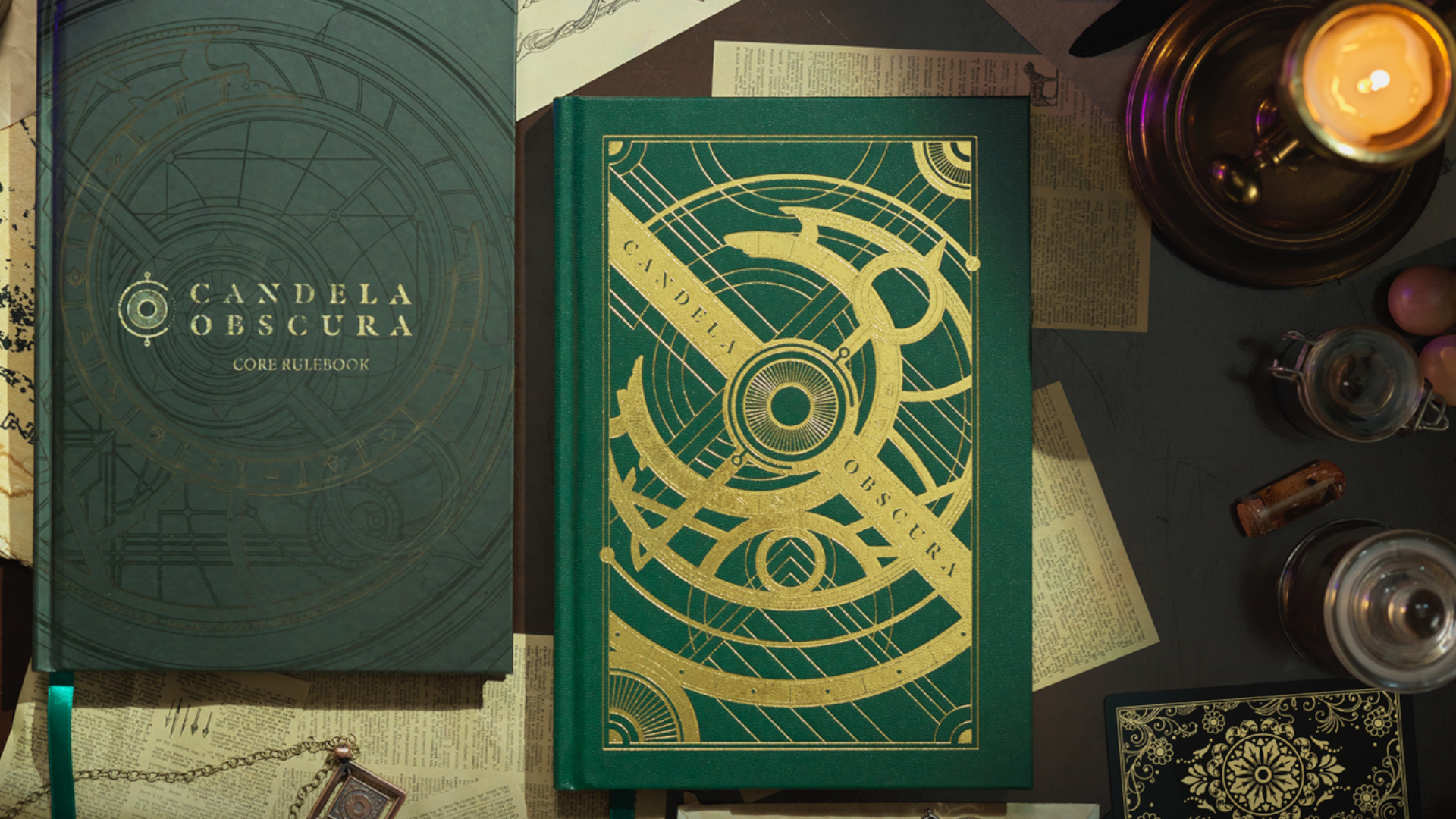
This kind of conundrum helps to bring a party together, and that bond was every bit as important to the Candela Obscura designers as your enemies. If you don't give a hoot about the characters, you probably won't be invested in the horror aspect either. Crucially, you won't have laid the groundwork for memorable moments that make the likes of Critical Role so beloved.
"From a player perspective, one of the most important things that you can focus on is both the meta narrative and the above board and below board, which is 'where does my fellow player want to go with their story? How can I throw up the ball so they can hit it out of the park?'" Hall says. "In the book, I think one of the most important ways to facilitate that, [and] perhaps the most easily overlooked, is forming relationships. The games that we've played where people don't form relationships with every other player, you're just not as equipped to tell a story that facilitates other people's play. We see this all the time in actual-plays, but taking your moments gives other people fuel for their fire for their next moment."
"I think that relationships are one of the most important things in the horror genre," agrees Starke, "because if we don't care about the people that we're around, we don't care if they're afraid. And we can't emotionally react to that as players with characters. But I think the other two things that stand out for me, in specifically this genre… are your Catalyst and the Question [character creation prompts] when you're building your character. Which is 'what brought you to Candela?' which tells me something about your backstory, something about your drive, tells me that you probably want to be there. And if you don't, there's a particular reason why you're still there. And then your Question, which is like, 'what do you want to find out while you're part of Candela?' which also then gives not only you, but the other players at the table, the above board reason for your character during investigations."
Morally gray, metaphorical, or allegorical representations of monsters are the things that are most interesting to me
Spenser Starke, co-designer
All this helps Candela Obscura get its claws into you fast – and the fact that it's easy to learn is a massive benefit for those who have watched the show but haven't tried running a tabletop RPG themselves. Unlike some systems or even Dungeons and Dragons books on occasion, there aren't many barriers to entry… and when you clear, you're greeted by a surprisingly compelling world.
Yes, it's not necessarily perfect. It won't suit everyone, either. But I've been incredibly impressed by Candela so far, more so than I anticipated. That makes me very interested to see what's in store for Critical Role's other upcoming tabletop RPG, Daggerheart. Considering how its predecessor turned out, this larger system – apparently designed for longer-form campaigns – should be one to watch in 2024.
For something to keep you busy until then, don't miss our recommendations on the best board games.







